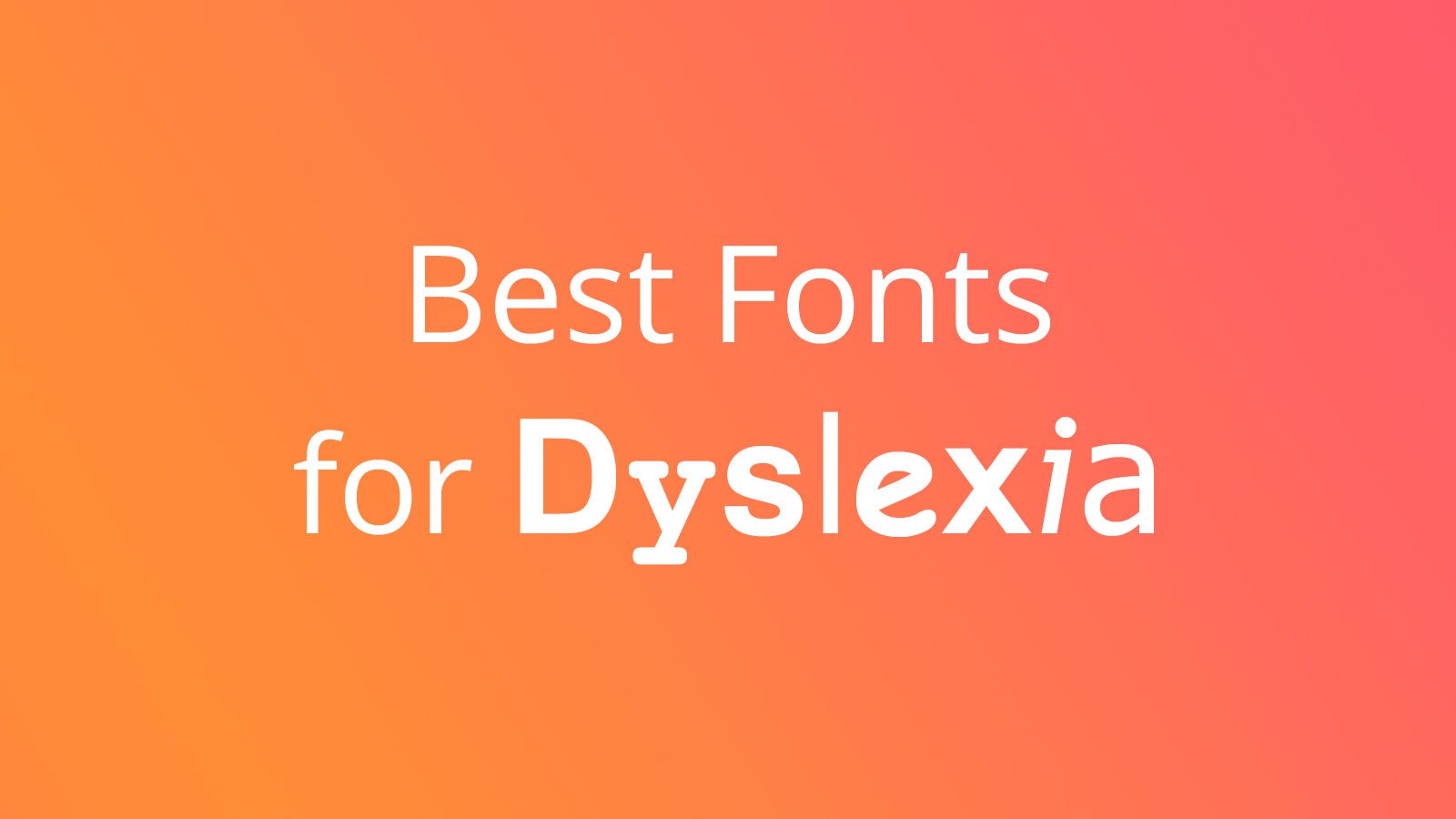Dyslexia Font: Empowering Reading for Individuals with Dyslexia
Dyslexia is a learning difference that affects millions of people worldwide, making reading a challenging and often frustrating experience. However, advancements in typography and design have led to the development of specialized fonts known as "dyslexia fonts" that aim to ease reading difficulties for individuals with dyslexia. In this article, we will explore the significance of dyslexia fonts and how they empower reading for those with this learning difference.

Understanding Dyslexia:
Dyslexia is a neurological condition that primarily affects reading and language processing skills. It is not a result of low intelligence but rather a difference in how the brain processes written information. Dyslexic individuals may struggle with recognizing letters and words, experiencing difficulty in spelling, and facing challenges in reading fluently. These difficulties can lead to decreased self-esteem and academic achievement.
The Need for Dyslexia Fonts:
Traditional fonts used in books, educational materials, and digital platforms may not be the most suitable for dyslexic readers. Standard fonts often feature letters that are visually similar, leading to confusion and difficulty in distinguishing between them. For example, letters like 'b' and 'd' or 'p' and 'q' can easily be misread or reversed, further complicating the reading process.
Dyslexia fonts were specifically designed to address these challenges and make reading more accessible and less overwhelming for dyslexic individuals. These fonts incorporate unique features and modifications that enhance readability and reduce visual crowding, ultimately facilitating better reading comprehension.
Key Features of Dyslexia Fonts:
- Letter Differentiation: Dyslexia fonts emphasize differences between visually similar letters to reduce confusion. For example, the letters 'b' and 'd' may have more distinct shapes, making it easier for dyslexic readers to identify them correctly.
- Increased Letter Spacing: Dyslexia fonts often have slightly larger gaps between letters, reducing visual crowding and preventing the blending of adjacent characters.
- Weighted Base Lines: Some dyslexia fonts use weighted base lines to anchor the letters, making them appear more stable and preventing rotation or flipping.
- Simplified Letterforms: Complex letter shapes are simplified to enhance clarity and reduce potential confusion. This allows dyslexic readers to process the text more smoothly.
Impact of Dyslexia Fonts:
Research on dyslexia fonts has shown promising results. Dyslexic individuals who read materials in dyslexia fonts have reported improvements in reading speed, accuracy, and overall reading experience. These fonts significantly reduce the occurrence of letter and word reversals, which are common challenges for dyslexic readers.
Moreover, the use of dyslexia fonts has been associated with increased reading confidence and motivation. When dyslexic individuals encounter less frustration while reading, they are more likely to engage with reading materials and feel a sense of accomplishment.
Integrating Dyslexia Fonts:
The adoption of dyslexia fonts is gaining momentum in educational settings. Many schools and institutions are now using dyslexia-friendly fonts in textbooks, handouts, and learning materials. Additionally, digital platforms and e-readers often offer dyslexia font options, providing more flexibility for dyslexic readers to customize their reading experience.
Beyond Dyslexia:
Interestingly, dyslexia fonts have also garnered attention for their potential benefits beyond dyslexia. Some studies suggest that these fonts may be helpful for individuals with visual impairments, certain neurological conditions, and even those without any specific reading difficulties. The improved readability and clarity offered by dyslexia fonts make them a viable option for a broader audience seeking an enhanced reading experience.
Conclusion:
Dyslexia fonts represent a significant advancement in typography and design, catering to the unique needs of dyslexic readers. With their specialized features aimed at reducing visual confusion and improving reading fluency, dyslexia fonts have become a powerful tool in empowering individuals with dyslexia to overcome reading challenges. As these fonts continue to gain recognition and integration in educational and digital environments, they hold the potential to create a more inclusive reading experience for all individuals, regardless of their reading abilities.
By using this site you agree to this Privacy Policy. Learn how to clear cookies here
FOR UAE CITIZENS - CANADA Government of Canada Electronic Travel Authority - Canada ETA - Online Canada Visa - طلب تأشيرة حكومة كندا، مركز تقديم طلبات التأشيرة الكندية عبر الإنترنت Camila Giorgi - tenisowa gwiazda o włoskim temperamencie Fieberbrunn - Ein Paradies für Wintersportler Stella Wangu GTA 6: il gioco più atteso di sempre GTA 6 Mauslot88 daftar login link alternatif situs judi gacor slot online terbaru Best Organic Shampoo and Conditioner for Every Hair Type Capital Hair Restoration - Hair Transplant